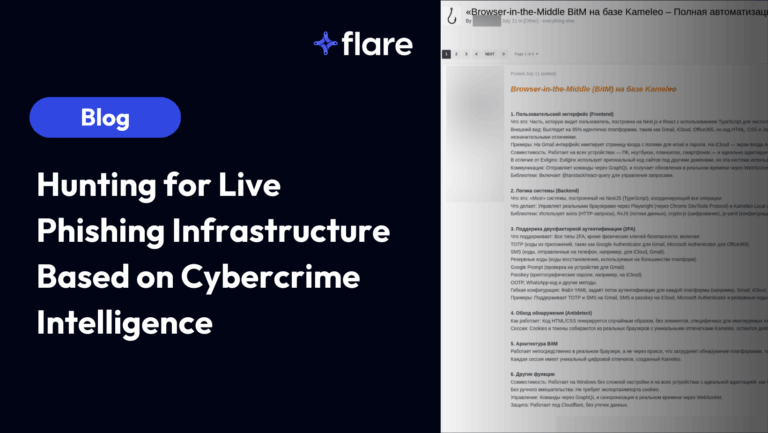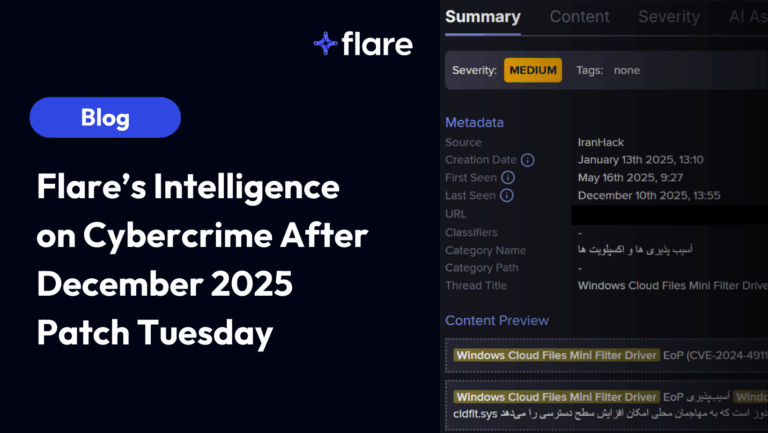This year, the Flare team had many opportunities to attend BSides conferences across Canada and the U.S. It was a special experience to join local BSides conferences as well as travel to cities and visit cybersecurity communities.
BSides conferences mean a lot to us at Flare because hosting affordable, local events that foster a cybersecurity community aligns with our mission to democratize security.
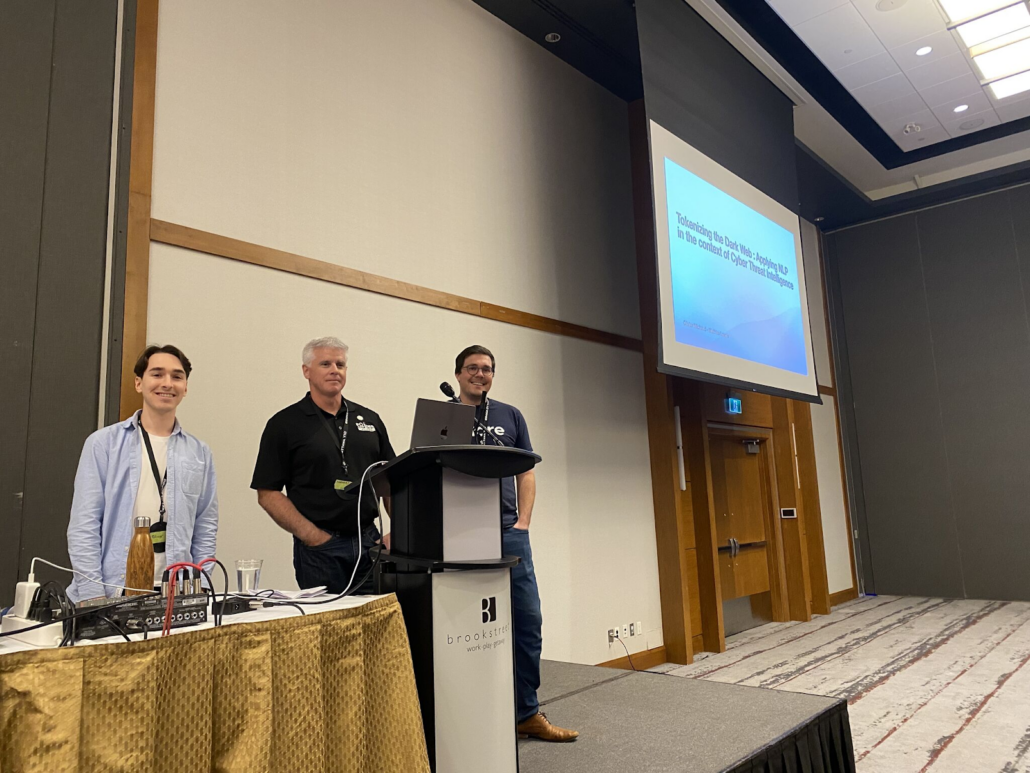
Through our conversations at these events, we received a lot of questions on our high-risk cyber exposure detection platform, so we’ll list and answer the top five most asked questions.
But before that, we talked to David Hétu, founding member of the BSides Montreal (BSides MTL) organizing committee on his experience co-creating BSides Montreal and contributing to the cybersecurity community.
What’s the Importance of BSides?
Until recently, Montreal was one of the biggest cities in the world without BSides. With an emerging cybersecurity community, there’s a mix of students and practitioners along with a few cyber companies, which made it a perfect fit for a BSides conference.
There are a number of cybersecurity events in Quebec, and they can be large, which may be an overwhelming environment for first time presenters, or people hoping to start learning about cyber. BSides provides a more niche, private, and intimate setting, which adds to the variety of cyber conferences in Montreal.
BSides is unique in that it hosts talks that are not as mainstream and draws from all perspectives of cyber like sociology, criminology, various fields of research, policy, and management. On the other hand, larger conferences often focus on the technical aspects of cybercrime.
For example, the National Assembly of Quebec passed the Act to Modernize Legislative Provisions as Regards to the Protection of Personal Information (Bill 64) in late 2021. This bill increases privacy measures for all companies. BSides Montreal hosted a talk on this, as it impacts everyone across companies, from developers to managers.
BSides MTL pushes for an “unstructured” conference in which 100 people or so in a room build a list of topics that interest them, and the people with experience in certain topics can talk about them. This is both very magical and chaotic: this can go in any direction, and produce unique conversations.
Are you in Montreal? Did any of this interest you? Check out the next BSides MTL conference September 16, 2023 (stay tuned for more information about the venue).
What were the five most questions we were asked at BSides?
1. Which cybersecurity bucket is Flare in? CTI? EASM?
The cybersecurity market is moving towards consolidation, so CISOs and security teams want less SaaS tools that integrate together better. That’s why we built Flare – a SaaS platform that unifies CTI, DRP, and EASM into one effective solution. Flare fits at the center of all three categories as a way for companies to cost-effectively detect and remediate unwanted exposure, monitor the dark web, and see their organization as an attacker does.
2. How does the pricing work? What’s the difference between per seat versus per identifier pricing?
We have a flexible and transparent pricing model that allows your organization to scale depending on how much you want to monitor. Instead of charging per seat, which doesn’t take into account that different team members have varying levels of platform use, charging per identifier finds your organization’s best fit based on employee number and industry.
What’s an identifier?
Our identifiers are automated search terms that crawl the dark and clear web and return a prioritized list of risks in Flare’s intuitive SaaS platform. Some examples of identifiers include domains, keywords, executive names, email addresses, IP addresses, and other types of searches that can help detect threats related to your organization.
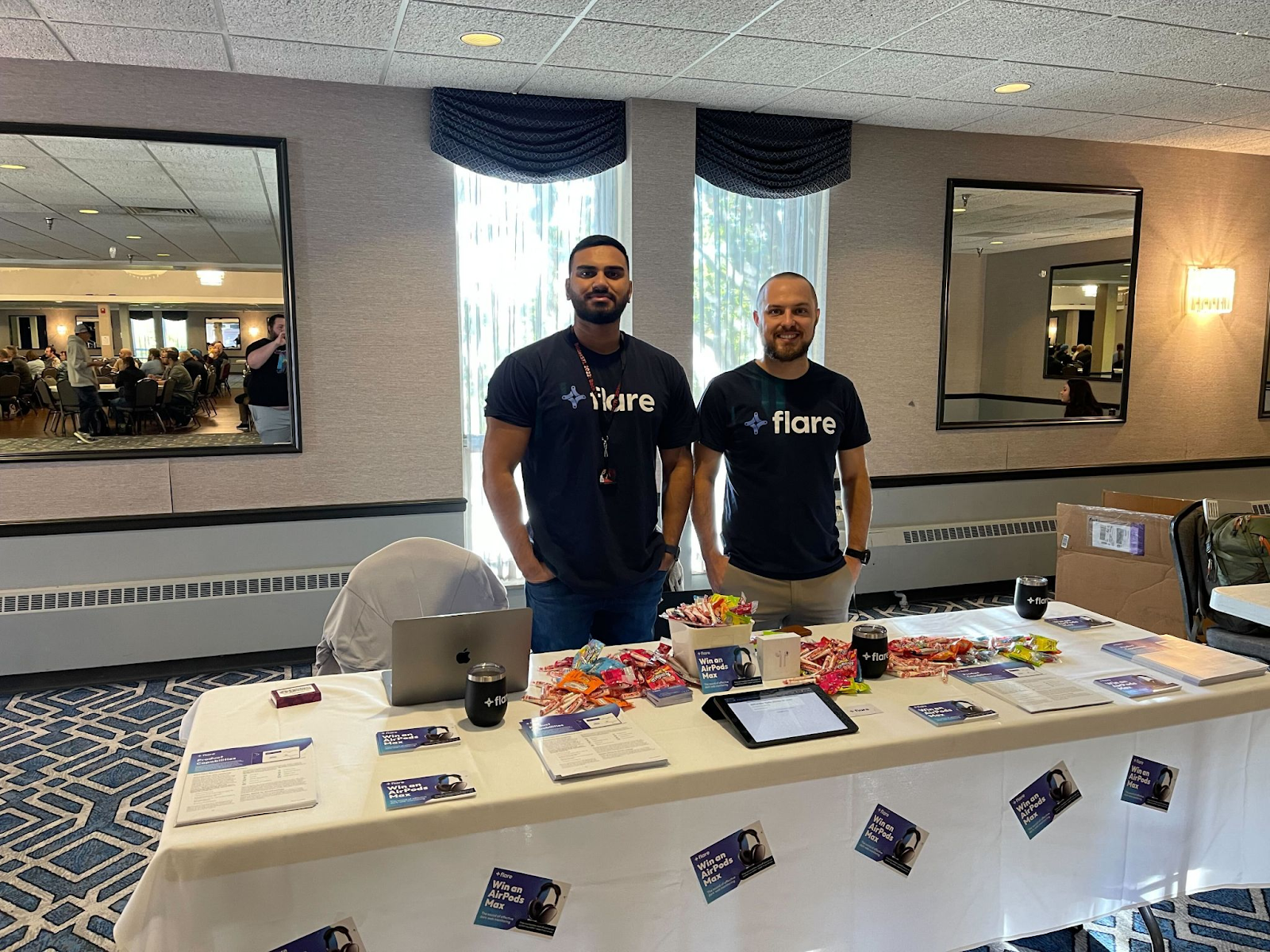
3. Do you have third party compliance?
We have multiple enterprise Fortune 50 companies as clients, which have found Flare to be their best option after performing their due diligence. We are working on SOC 2 and GDPR compliance by the end of March 2023.
4. Who do you typically sell to, or do you have verticals you’re most successful in?
Flare has customers across various verticals internationally. The use cases for dark web monitoring, data leak monitoring, and more can apply across industries and adapt to each organization’s unique challenges.
5. Do you have use cases around GitHub or infected device monitoring?
Absolutely, and instead of just telling you, we can show you!
With our GitHub monitoring, we caught a previous employee of a major Canadian bank posting sensitive data. Less than 30 minutes after the initial Flare alert, the CTI team had contained the incident. This eliminated 95% of the cost per incident. Check out the full GitHub monitoring success story here.
With our infected device market monitoring, we detected a North American investment firm’s portfolio company’s infected device for sale on Genesis Market. By detecting the device for sale for $100, this prevented thousands if not millions of dollars worth of damage. Check out our full infected device monitoring success story here.
Let’s Talk at a Future BSides
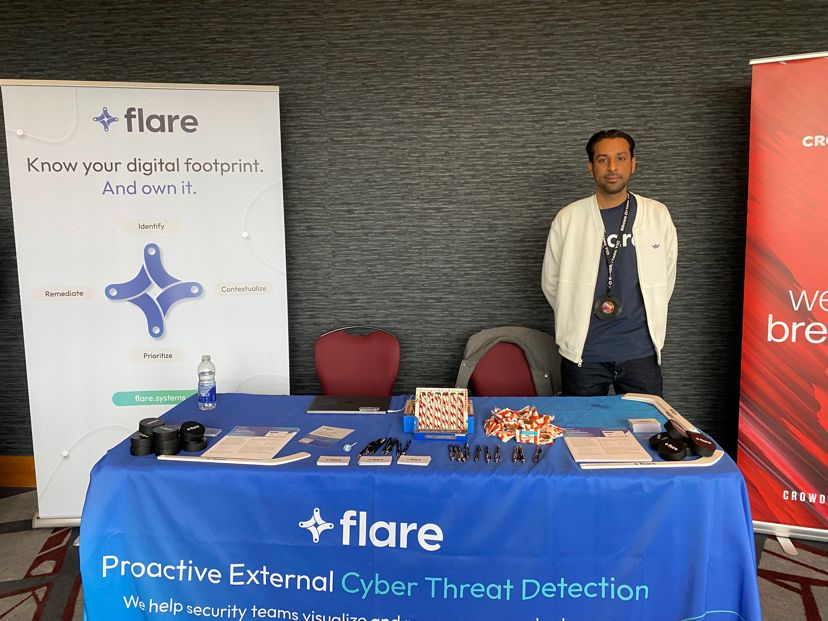
We’d like to talk more with you at a BSides event in the coming months and discuss our dark web, clear web, and instant messaging platform monitoring platform. If you want to learn more before then, book a demo and we’ll answer your questions.



